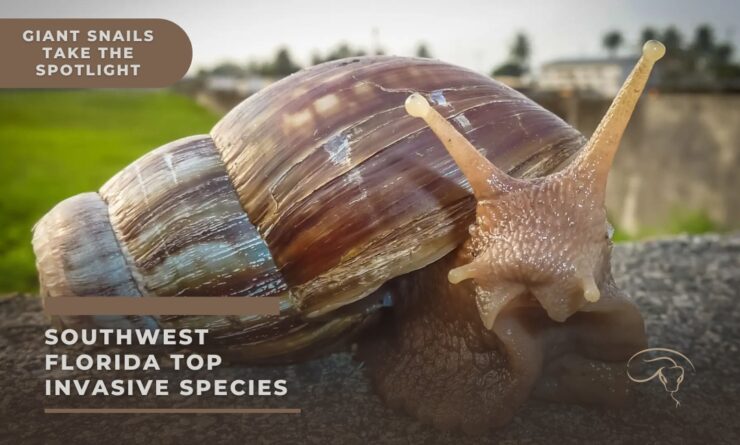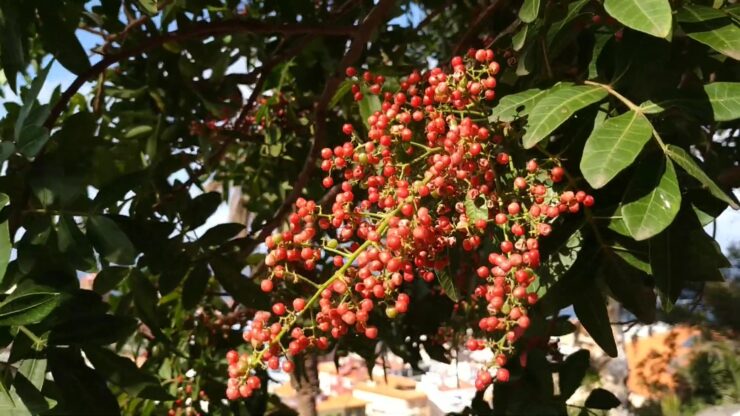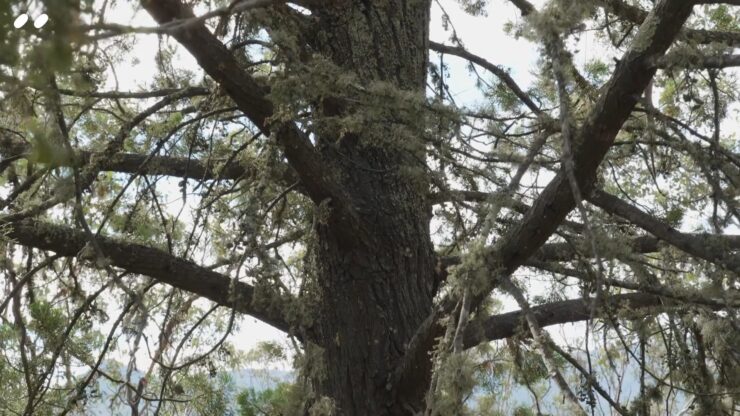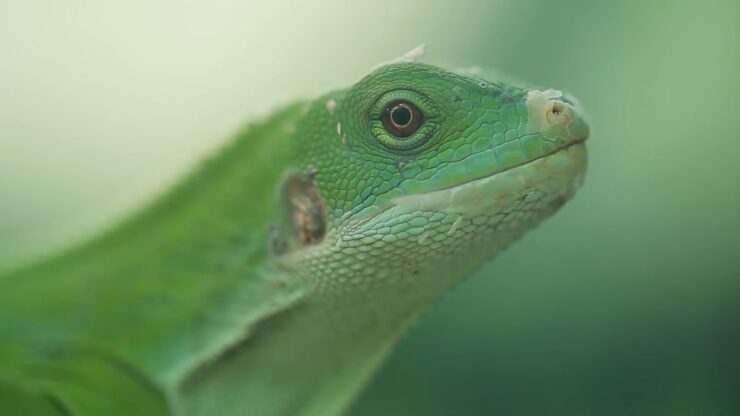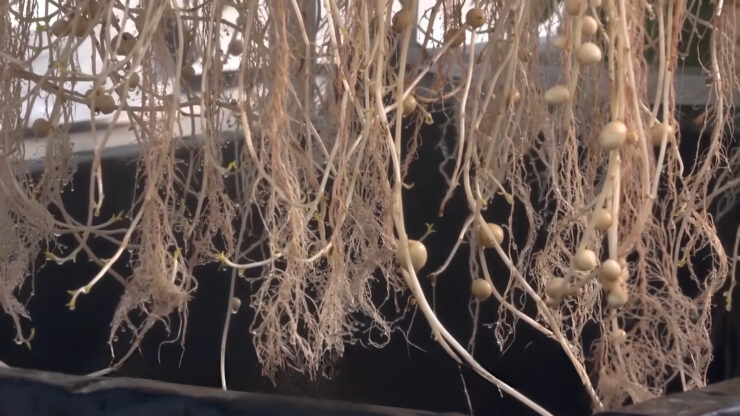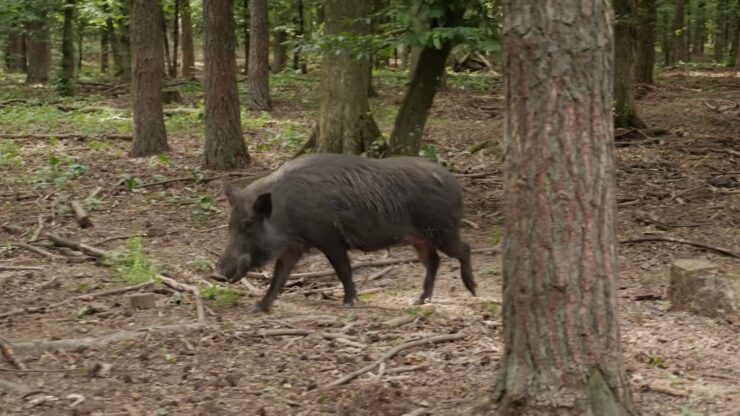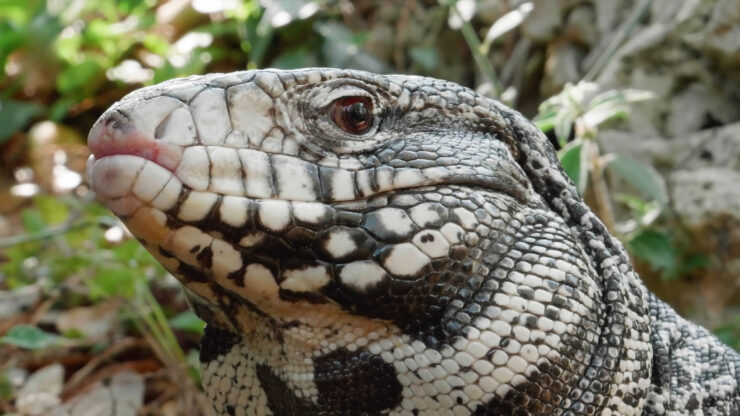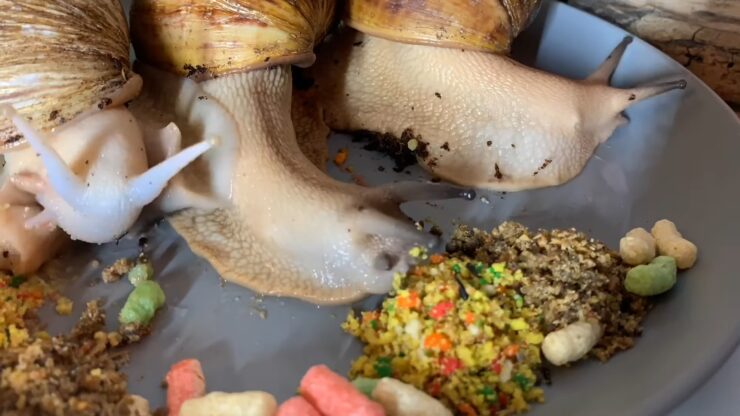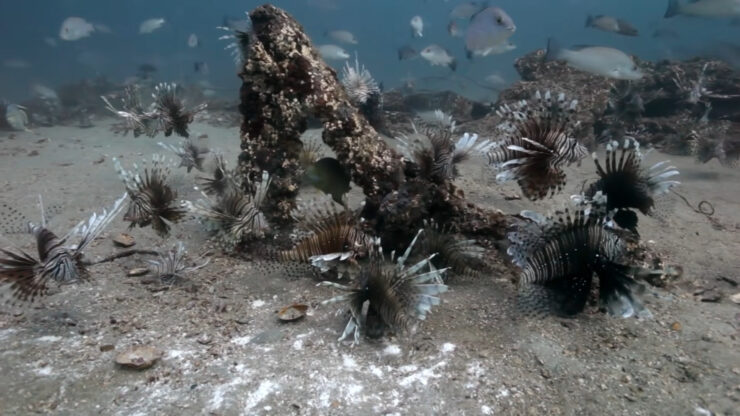Immerse yourself in the glorious sun-bathed charm of Southwest Florida, where the mesmerizing allure of warm coastal waters and bountiful landscapes have long enticed vacationers and residents from across state borders. Alas, it seems that we humans are not the only ones lured by the Sunshine State’s vibrant beauty.
A staggering assortment of more than 500 foreign plant and animal species have launched an assault on Florida, some of them encroaching with menacing consequences upon the fragile ecosystems nestled within the bounds of both Lee and Collier County.
Let’s journey together and explore twelve of the most disruptive non-native creatures that have found a home in Southwest Florida:
List Of Most Wanted
Burmese Pythons
The menacing Burmese python, hailing from the Southeast Asian tropics, takes center stage as Florida’s most notorious invasive species. Over the past forty years, this formidable predator has imposed its formidable presence on the state’s unsuspecting wildlife.
USGS reports reveal an alarming spread of the Burmese python, stretching across a thousand square miles of Southern Florida, a domain encompassing all of Everglades National Park, Big Cypress National Preserve, and the Collier-Seminole State Forest.
Brazilian Peppertree
Draped in a vibrant red hue that mirrors the festive spirit of the holidays, the Brazilian Peppertree stands as a stark reminder of Florida’s invasion. This medium-sized, evergreen shrub-like tree was first brought to our shores during the 19th century and has since spread its grasp over Central and South Florida.
Cane Toad
Lurking in the shadows are the cane toads, formidable amphibians from the depths of South America. Their toxic secretions prove lethal to any creature that dares to bite them. Pets often fall victim to these deceptive predators, suffering debilitating seizures from their deadly venom.
Australian Pine
The Australian pine, a formidable entity introduced to Florida in the 1890s, has propagated through the state like an uncontrolled wildfire. These pine trees, resistant to salt spray, have taken root along thousands of acres of Florida’s southeastern and southwestern coastal areas.
Iguanas
Green iguanas, hulking reptiles adorned with spiky scales, are a sight to behold as they burrow under foundations and charge through the underbrush. First spotted in the wilds of South Florida in the 1960s, these creatures have been steadily marching northwards ever since.
Air Potato
Don’t be fooled by its benign name. The air potato is an invasive yam plant from Africa that, despite its misleading moniker, you would be ill-advised to consume. Both the underground tubers and the aerial bulbils harbor a variety of toxic compounds that give the plant a notably bitter taste.
Feral Hogs
Tracing their lineage back to the livestock of 16th-century Spanish conquistadors, Florida’s feral hogs roam freely, their burgeoning populations unimpeded by even the most enthusiastic hunters. Their habit of digging under the ground spells disaster for native ecosystems.
Tegu Lizards
The South American tegu, a large lizard species known to burrow into turtle and alligator nests to feast on the eggs inside, pose a significant threat to Florida’s native reptiles and ground-nesting birds.
Giant African Land Snails
Among the world’s most destructive snails, the giant African land snail consumes at least 500 different types of plants. Not only do they ravage the local flora, but they also harbor a parasite known to cause meningitis in humans.
Water Hyacinth
While the water hyacinth adds an aesthetic charm to Florida’s waterways with its dazzling beauty, this plant species is also one of the most invasive. The rapid reproduction rate of these aquatic invaders leads to the formation of dense mats that obstruct waterways and disrupt wildlife habitats.
Lionfish
Native to the Pacific Ocean, lionfish have insidiously colonized the waters of the western Atlantic Ocean. The predatory nature of lionfish has drastically altered the ecological balance of Florida’s coral reefs.
Cuban Tree Frogs
Cuban tree frogs, theorized to have arrived on Florida’s shores in the 1920s as unassuming stowaways on cargo ships, have established themselves as major pests in Southwest Florida. Their voracious appetite poses a significant threat to the state’s native tree frog and small snake populations.
FAQ
Why are invasive species a problem?
Invasive species pose a serious threat to native biodiversity. They often have no natural predators in their new environments, allowing their populations to grow unchecked. They compete with native species for resources like food and habitat, often out-competing them and leading to declines in native populations. Additionally, they can alter the physical environment, disrupt ecosystems, and even introduce new diseases.
How do these invasive species get into Florida?
Invasive species often arrive in new environments through human activity. This can include intentional introductions, such as the release of pets or the planting of non-native plants, as well as unintentional introductions, like hitching a ride on shipping containers or even in the ballast water of ships.
Some species, like the Burmese python and the lionfish, were introduced through the pet trade, while others, like the Brazilian peppertree and the Australian pine, were introduced for ornamental or landscaping purposes.
What can residents do to help control these invasive species?
Residents can play a significant role in controlling invasive species. This can include reporting sightings to local wildlife agencies, not releasing pets or plants into the wild, participating in organized removal efforts, and educating others about the threats posed by invasive species. Additionally, residents can opt to use native plants in their landscaping and avoid using invasive plants.
How are authorities dealing with invasive species in Florida?
The Florida Fish and Wildlife Conservation Commission and other agencies use a variety of methods to control and eradicate invasive species. This can include manual removal, the use of pesticides, and biological control methods, which involve introducing the species’ natural predators or diseases.
For certain species like the Burmese python, the state also organizes regular public hunting events to help control the population.
What impacts are invasive species having on Florida’s economy?
Invasive species can have a significant economic impact. They can cause damage to agriculture, decrease land value, and necessitate costly control efforts. Additionally, they can negatively impact tourism, a major part of Florida’s economy, by damaging the state’s natural beauty and reducing biodiversity.
Final Words
As we reflect on these twelve non-native creatures, our journey through the breathtaking beauty of Southwest Florida is tinged with a certain melancholy. It is a stark reminder that, though nature is resplendent in its myriad forms, it’s a delicate balance that we tread.
These invaders, from the monstrous Burmese pythons to the unassuming air potato, all have a part to play in the story of Florida’s ever-evolving ecological landscape. Each intruder, each rogue, serves as a clarion call for our responsibility to the world we inhabit – a world that we share not just with each other but with every creature that calls this land home.
So, as the sun dips below the horizon, casting long shadows over the beaches of the Sunshine State, let us remember to tread lightly, to live responsibly, and to value the harmonious dance of nature. For in doing so, we respect not just the land beneath our feet, but the legacy we leave for future generations. That, dear friends, is the enduring song of the wild. And we’re all privileged to be a part of it.

